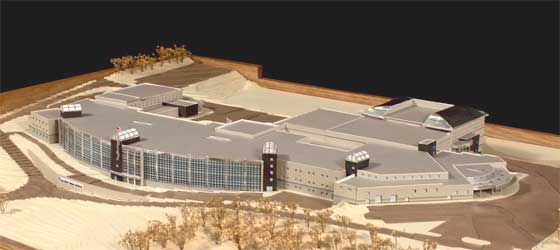Reflection
ABET Outcomes for AE 481W/482 |
Outcome not able to be assessed
(Score of 0) |
Level of ability demonstrated but below acceptable
(Score of 1) |
Minimum acceptable level of ability demonstrated
(Score of 2) |
More than minimum level of ability demonstrated
(Score of 3) |
a. An ability to apply knowledge of mathematics, science, and engineering |
- |
- |
- |
X |
b. An ability to analyze and interpret data |
- |
- |
- |
X |
c. An ability to design a system, component, or process to meet desired needs |
- |
- |
- |
X |
e. An ability to identify, formulate, and solve engineering problems |
- |
- |
X |
- |
f. An understanding of professional and ethical responsibility |
- |
- |
- |
X |
g. An ability to communicate effectively |
- |
- |
X |
- |
h. The broad education necessary to understand the impact of engineering solutions in a global and societal context |
- |
- |
- |
X |
i. An ability to engage in life-long learning |
- |
- |
X |
- |
j. A knowledge of contemporary issues |
- |
- |
- |
X |
k. An ability to use the techniques, skills, and modern engineering tools necessary for engineering practice |
- |
- |
- |
X |
o. Engineering design capabilities in at least two (2) of the (3) basic curriculum areas of architectural engineering, and that design has been integrated across the breadth of the program |
- |
- |
- |
X |
p. Communication and interaction with other design professionals in the execution of building projects |
- |
- |
- |
X |
AE 481W/482 Course Reflection
AE 481W and 482 are courses devised to test the Architectural Engineering student’s ability to apply aspects of all option areas into real life design. Initially, a building is chosen by the student that fits the criteria of a number of specialized departmental regulations. After selection of this building, a year long course precedes it during both the fall and spring semesters. AE 481W is primarily used to gain as much information about this specific building as possible. Information attained may be slightly different for each option area; however, the overall consensus is that this is the “gathering” stage of the student’s senior thesis experience. The 482 class utilizes this gathered information and applies it toward real world implementation. This portion of the course requires sufficient understanding of the building’s systems and strategic plan for design. It is also the part of the year long thesis where the student is encouraged to alter their actual building’s initial design considerations.
With regard to both of these courses, a few points of advice are worth stating. Firstly, the recommendation to start early and chose a building preferably through an internship experience is advised. Personally, I did not have a building that I worked on over the summer nor did I previously establish contacts to aid in information reception. This made it increasingly more difficult to attain information. I continually saw myself falling behind because of the inability to have the best resources I could have presented myself with. However, after being luckily enough to utilize the few contacts I did have; it was acknowledged exactly how important these industry contacts can be. I feel that without the help of my friends, colleagues, and the AE department I would’ve had a very difficult time with completing this year long course.
CPEP & Discussion Board Reflection
The CPEP website performed a multitude of functions and provided an adequate strategy of organizing course material. I felt that it was an exceptional tool to enhance interaction between student, faculty, and industry members. It allowed the faculty to check progress and completed items. It also supplied a refresher for the faculty; when reestablishment of course objectives were needed after completed work had taken place. Additionally, both the CPEP and discussion board served as a bridge between student and industry representative, interaction. This allowed for the posting of surveys and questions that invoked a more realistic feel to the course as a whole. I feel that the allowance of this type of portfolio –contributed greatly to my advancement as both a student and aspiring professional.
